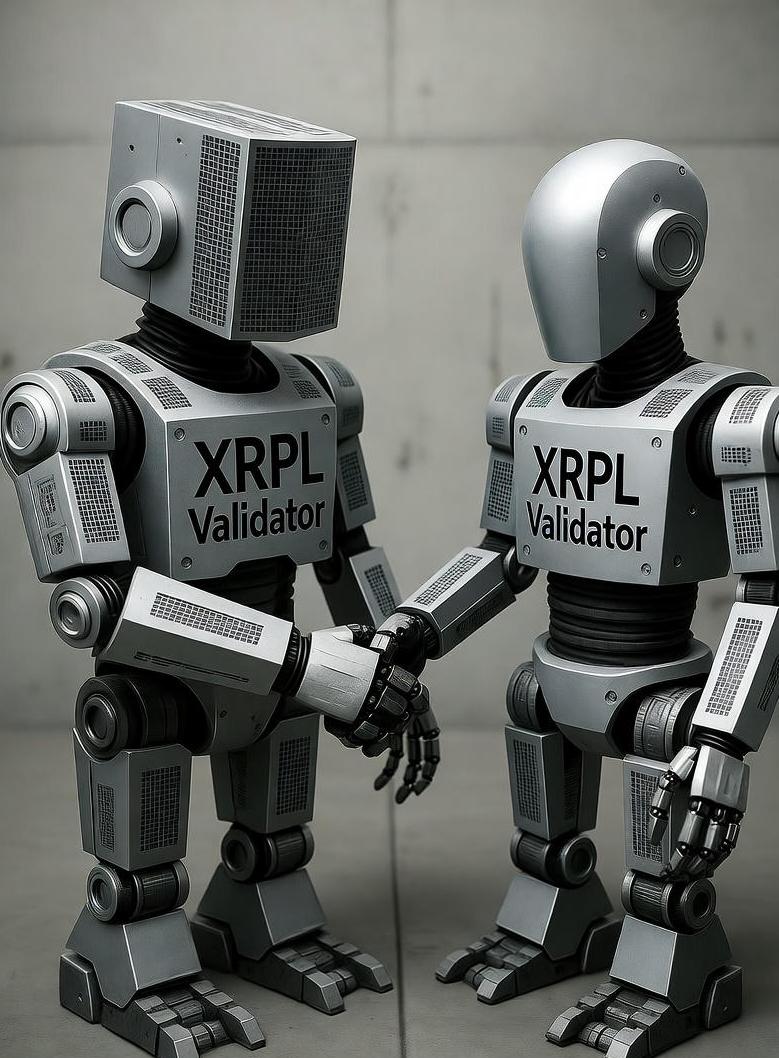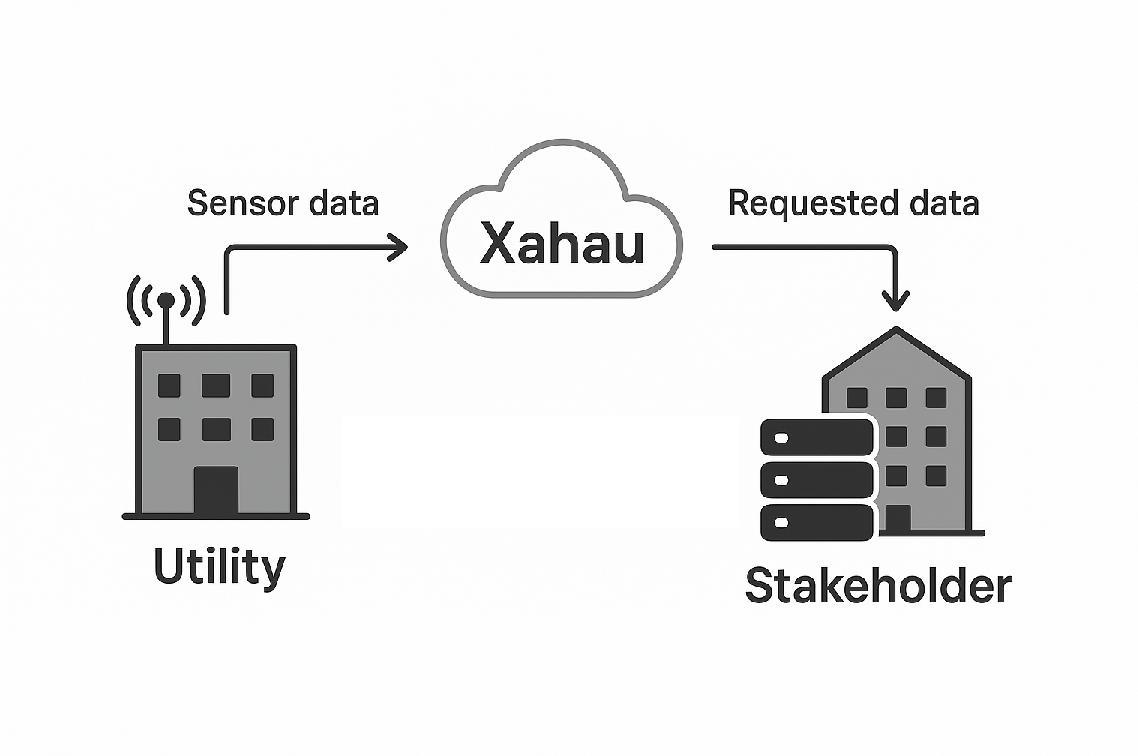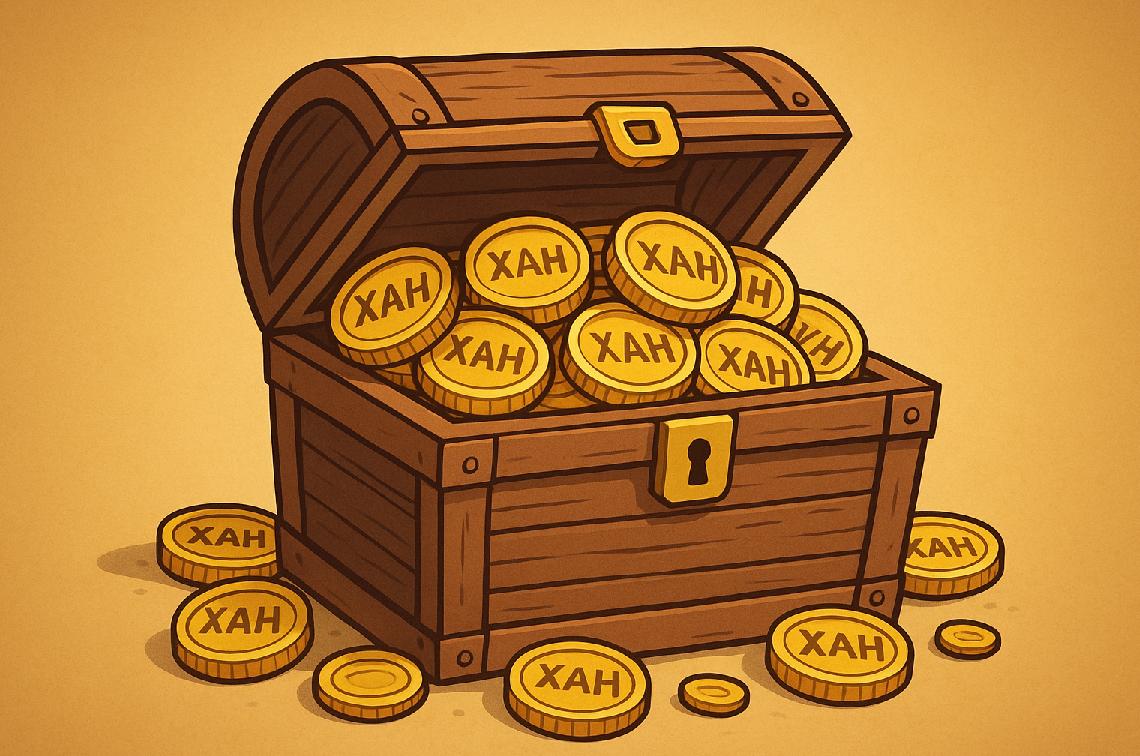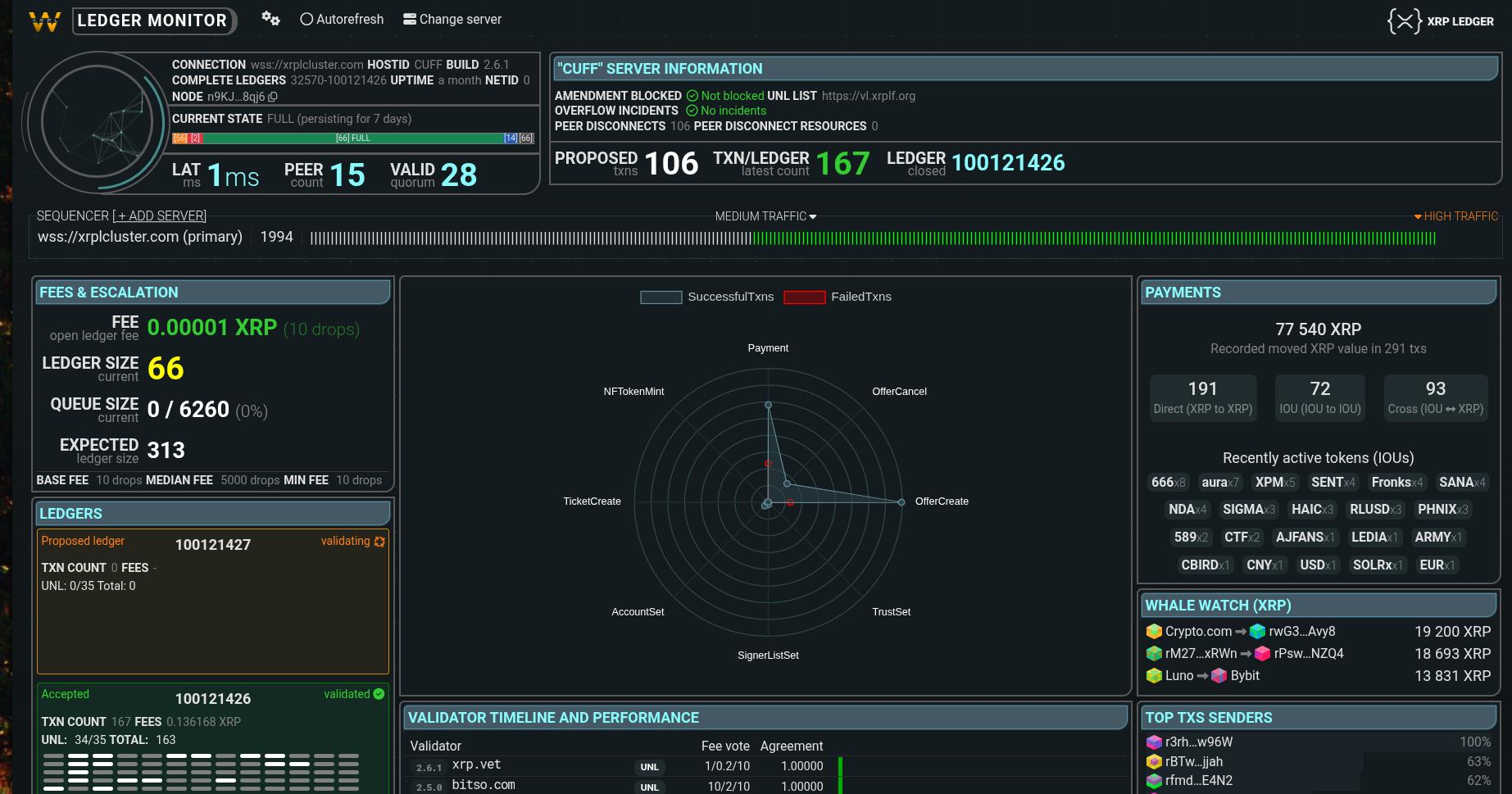Learn The XRPL Basics
Once you understand the basics of the XRP Ledger and its capabilities, you can navigate in the community of projects, businesses, speculators, and related projects with more confidence and ease.
 XRP Expert Confidence
XRP Expert Confidence
Beyond Speculation
If your main purpose is to speculate on cryptocurrencies and hold them (only) for a short-term investment reason, there may not be a good reason to learn too much about the underlying networks, other than to ascertain the business potential of specific use cases that they purport to address.
But if you are looking for a long-term hodl, it may be wise to dig a bit deeper to truly understand the token, along with how others interact with the network.
What Does XRP Do?
Do you know what a database is?
Most business users understand this concept, or at least, the concept of a spreadsheet, where accountants can store financial information about individuals and organizations.
If you're new to crypto, you can think of the XRP Ledger as a database.
Only, people don't trust each other to keep track of how much XRP (and other assets on it) that they own. To alleviate this mistrust, they rely on a distributed technical architecture, where changes to the database can only occur if the most trusted network nodes agree on those changes.
 XRPL Validation
XRPL Validation
This enforces network integrity of information, and ensures that a random user can't just 'claim' that they have millions of XRP when they actually don't. And while Bitcoin and Ethereum rely on other protocols to get this done - such as 'proof of work' and 'proof of stake' - the XRP Ledger relies on something called an agreement protocol. This means that various nodes can propose cryptographic transactions, but the most trusted validators must agree that those transactions are valid.
XRP Ledger Functions And Capabilities
In addition to being a distributed database, where the XRP balances of individuals are tracked and managed over time, using published ledgers every three seconds, the network possesses a robust series of capabilities that facilitate some fascinating use cases.
Here is a small, incomplete list of popular features that you can learn to use on the XRP Ledger:
- Send & receive XRP (native token)
- Issue Your Own Token (an 'issued asset' or 'IOU')
- Escrow an amount (lock it away for a specified time)
- Open a payment channel with another (trusted) party
- Trade issued assets for XRP on the native decentralized exchange (DEX)
- Participate in automated market making (for profit)
- Create a high security, 'multi-signature' wallet
- Create a non-fungible token (proof of real-world ownership)
How Do I Do Those Things?
The way that you interact with the XRP Ledger depends on how much you want to trust another party. The XRP Ledger network is constantly communicating across national borders, all over the world. But a normal person cannot interact with it unless they interact with a 'node' of some kind ... a virtual terminal that receives and transmits information to and from the network.
You can interact with these nodes using your own code, or by using a third-party wallet.
Public nodes are made available by both private companies (Ripple), and non-profit foundations (XRPL Foundation). If you'd like to write your own code, there are many tutorials that simplify the experience, and walk you through that process, step-by-step.
Roll-Your-Own-Code
If you know JavaScript, Python, or even Go, you can practice interacting with the XRP Ledger by constructing your own code and then testing it out on the XRP Ledger testnet. Some great tutorials and resources are in the following two locations:
Use A Wallet
If you don't have time to develop code (most of us!), then it's probably best to use something called a 'non-custodial' wallet.
 Too Busy For Coding
Too Busy For Coding
A non-custodial wallet is called 'non-custodial', because you are required to remember and store your own secret key to your wallet. And to use the the non-custodial wallet, you must provide the secret key to it at some point, or else the list of words or numbers used to create the secret key. Good non-custodial wallets will also create a new wallet for you, and then provide a list of phrases or numbers to write down and store in a secure location.
There are multiple choices of non-custodial wallets for the XRP Ledger, but my favorite - and I'm guessing the overall favorite for others, generally - is the 'Xaman' wallet.
The Xaman wallet is only available to be installed on an iPhone or an Android smart phone.
Once installed, you can use the wallet to interact with the XRP Ledger and use all of the functions I previously mentioned.
It Applies To Xahau Too!
When you understand the functions of the XRP Ledger and how they work, you can instantly apply that knowledge to other networks that utilize the XRP Ledger core code. The most obvious example of this is Xahau, the 'smart contract' version of the XRP Ledger, that allows account owners to install smart contract hooks on their account.
It's native token is called 'XAH'.
Even though Xahau extends the potential of the XRP Ledger using WASM-based smart contracts, the basics of the XRP Ledger are still there; if you have a site or project that uses the XRP Ledger functions, you can (most likely) easily point your project at the Xahau network and expect it to work in a similar fashion.
While there are some exceptions, such as 'batch' and 'AMMs', knowing the basics of the XRP Ledger automatically supercharges your introduction to Xahau.
And yes, it will even help you understand Evernode (EVR), one of the most challenging projects to try and comprehend from a technical perspective; the XRPL consensus engine is used for something completely unexpected in Evernode!
Learn The Ecosystem
Set aside time to go through some of the tutorials already mentioned in this article, or at least familiarize yourself with the capabilities of the XRP Ledger.
As the most high-profile, first mover of agreement protocols, it stands in opposition to other networks that use separate protocols such as proof-of-work or proof-of-stake. And its capabilities are first-class, even out of the box when it was first launched.
Functions such as the native decentralized exchange (DEX) make it extremely censorship-resistant, and put the power of finance back in the hands of ordinary users.
Have Fun
If you're new to XRP or to its ecosystem of projects and related technology, learning the basics of what the XRP Ledger can do has the potential to propel you forward with confidence as a speculator, developer, and crypto fan.
My recommendation is to do both:
- roll-your-own code and test it on the test net
- use a reputable, non-custodial wallet for real production transactions
This will educate you to a level where you can be confident in how you interact with the XRP Ledger, and it provides a basis for understanding other technical-related developments that occur to the network over time.
X | X>
Sources:






